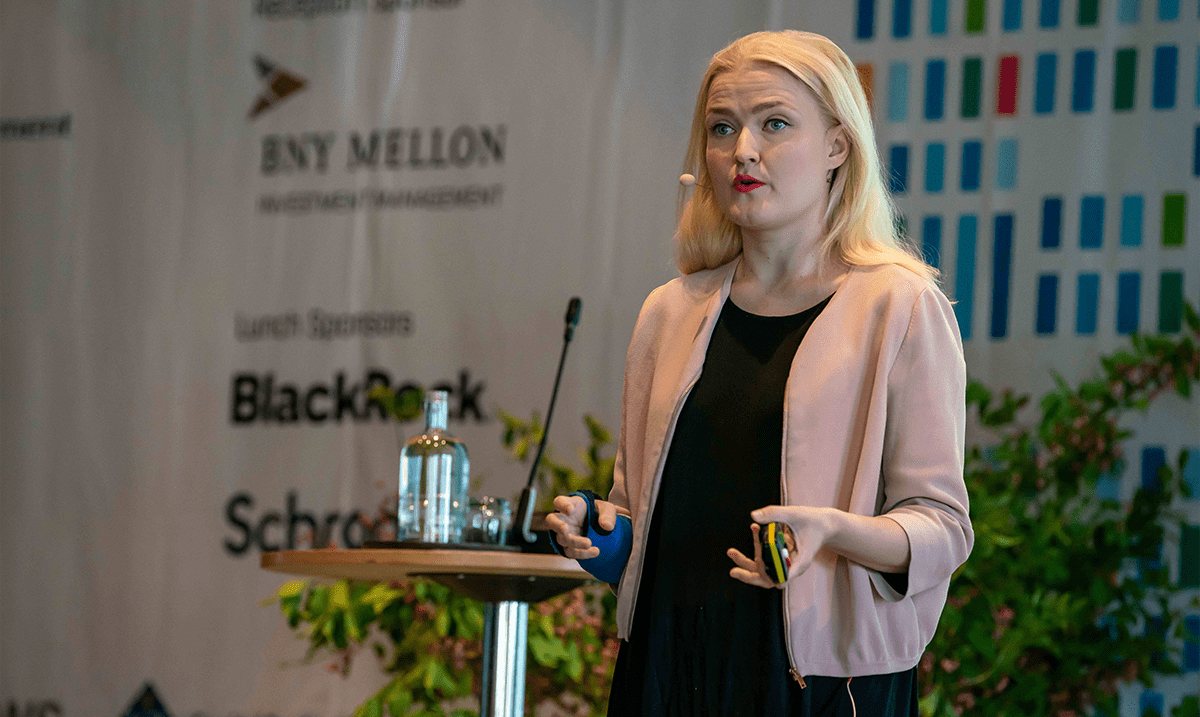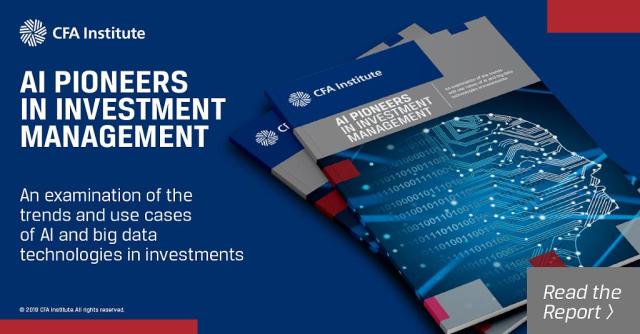[ad_1]
In the era of environmental, social, and governance (ESG) integration and sustainable investing, how good are we at measuring impact?
Not very, says Annu Nieminen, founder and CEO of the Upright Project. Take carbon footprint metrics, for example: Knowing that one company has twice as large a carbon footprint as another is basically meaningless without context. And yet, where are the tools that incorporate that context, among other factors, and help us calculate an accurate and holistic impact assessment?
At the 1st Nordic Investment Conference in Copenhagen, Nieminen guided attendees through the current challenges of calculating net impact, highlighting four in particular:
- Current strategies focus almost solely on limiting downsides. For example, negative screening, or excluding blacklisted companies and industries, without considering their net impact first is a myopic approach. “Only minimizing the negative or maximizing the positive is naïve,” Nieminen said.
- We treat impact as though it is not affected by scale. Too much information about secondary factors can overshadow truly meaningful data. For example, a large company with a terrible environmental record can create an entire marketing campaign around their recycling efforts. This greenwashing diverts our attention and leads us to view the firm as impact-positive as we ignore more consequential factors. Thus we skirt around even an approximation of the company’s actual net impact.
- We focus almost entirely on internal and upstream impact. Rarely is the entire value chain considered. Why? In part, because tracking and measuring those inputs is challenging and time consuming, and so . . .
- Data is usually hidden in long, esoteric sustainability reports. Lack of data consistency amid lengthy PDF documents, which look more like extensive marketing brochures than data resources, add to the mystery around calculating an accurate measure.
The truth is that there is no such thing as positive impact only, according to Nieminen. Instead, by including the negative data in the equation, we can, in her words, “bring out the impact shape of an investment/fund/portfolio.”
Leena-Leena
The Upright Project has developed a quantification model that calculates a net impact profile of products and services. This model is currently available to institutional investors and B2B services companies. Leena-Leena, the Upright Project’s net impact artificial intelligence (AI) is accessible to the public as well. Users can search for data on tens of thousands of products and companies. Leena-Leena also learns from users, requesting feedback based on their expertise, analyzing their input, and incorporating new knowledge into the model.
How does this quantification model work? First, a taxonomy of a company’s offerings is created, then a blueprint of the company’s main impacts is developed. The two are then overlaid on a database of 130-million scientific articles, and using natural language processing (NLP) and deep neural networks, the AI produces a net impact profile.
For Nieminen, a systems engineer and self-proclaimed nerd, and her team of equally nerdy idealists, that they can create this self-improving model and produce meaningful results could have been enough. But the project’s true impact — pun intended — lies in the very 21st-century realization that profits and impact need not be mutually exclusive or even unconnected consequences of distinct activities.
By using the Upright Project model, investors can not only measure the full impact of their assets, but also determine what they can invest in to meet specific sustainability goals and client needs. And they can ensure their investments are in sync with their financial and impact criteria at the same time.
In the Nordics, where ESG is king, an AI- and NLP-powered quant model has been born. The question is: Does the Upright Project model mark the beginning of an era where net positive impact and investment returns are in full alignment?
If you liked this post, don’t forget to subscribe to the Enterprising Investor.
All posts are the opinion of the author. As such, they should not be construed as investment advice, nor do the opinions expressed necessarily reflect the views of CFA Institute or the author’s employer.
Image courtesy of CFA Society Denmark
Professional Learning for CFA Institute Members
Select articles are eligible for Professional Learning (PL) credit. Record credits easily using the CFA Institute Members App, available on iOS and Android.
[ad_2]
Image and article originally from blogs.cfainstitute.org. Read the original article here.


